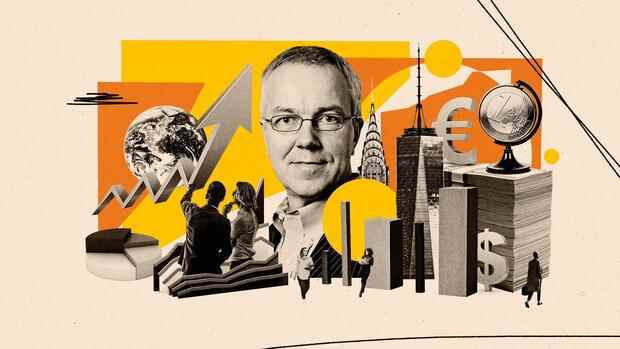Ukraine and Russia are the world’s largest grain exporters after the United States. A quarter of global wheat exports and more than half of global sunflower exports come from both countries. In Ukraine, agriculture has largely come to a standstill because of the war, and Russia announced in mid-March that it would initially restrict its grain exports.
In addition, countries in the Middle East and North Africa in particular receive a large part of their food via the Black Sea, which has become a maritime battleground for the warring factions. Several transport ships have already come under Russian fire. Hundreds of freighters are prevented from leaving the Black Sea.
Russia and Ukraine are the big fertilizer producers
Longer supply chains make groceries more expensive due to the sharp rise in energy costs. The high energy prices are also a reason why food from energy-intensive agriculture had become enormously expensive even before the outbreak of war in Ukraine.
Top jobs of the day
Find the best jobs now and
be notified by email.
Fertilizer prices have already reached the record level from the 2008 financial crisis. Since then, the crisis has worsened significantly. Russia and Ukraine also produce about a fifth of the global fertilizer supply.
“War in Ukraine means hunger in Africa,” warned Kristalina Georgieva, head of the International Monetary Fund last week. According to the Brussels think tank Bruegel, the countries most affected by the delivery stop include Tunisia, Lebanon, Egypt, Sudan and Yemen. All countries that are politically on shaky ground, are ruled by dictators or where civil war is already raging.
What is not forgotten there is that protests against the sharp rise in bread prices more than ten years ago were the harbingers of the Arab Spring. If the war further cuts food exports, Bruegel predicts that, in the worst-case scenario, more than 30 countries could lose a quarter of their usual imports.
Already in the food crisis of 2007/08, the world suffered not so much from not having enough food as from not getting food where it was most needed. A major reason for this are export controls of the producing countries. According to the Global Trade Monitor from the University of St. Gallen, 31 new export restrictions on food have been introduced worldwide since the start of the Russian invasion of Ukraine.
WTO fears an escalation spiral
According to the rules of the World Trade Organization (WTO), such export controls are permitted in food crises. However, according to WTO head Ngozi Okonjo-Iweala, they increase the shortage in many countries. So far, only twelve WTO members have restricted food exports.
The danger, however, is that other countries will now erect trade barriers as well, leading to a spiral of escalation that will leave the poorest countries behind.
During the food crisis 15 years ago, many countries reacted with export controls, although all countries would be better off if food could be exported unhindered. Okonjo-Iweala fears the world hasn’t learned much.
In Europe, where food prices are rising but no one goes hungry, the problem is dealt with in the usual way: with subsidies. The Irish government is offering farmers on the island 400 euros per hectare if they also grow barley, wheat and oats there. The last time Ireland took a similar measure was in 1940 during World War II.
More: These ten points show the drama on the commodity markets
